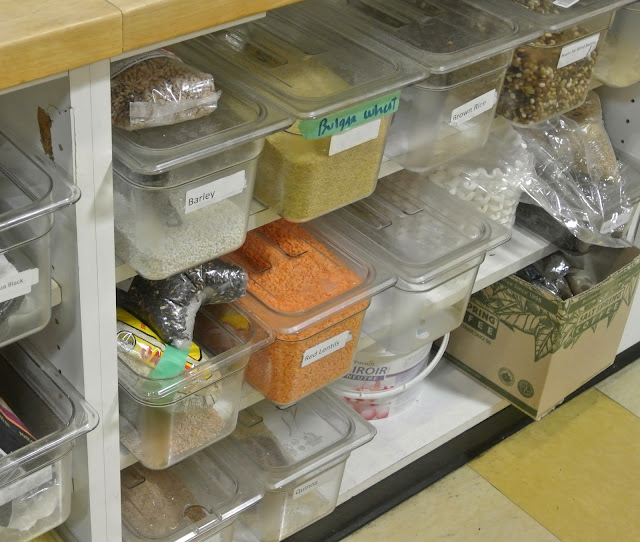Lamb rogan josh, butter chicken, tamarind chutney, samosas, parathas and okra. All in one night, four hours to be exact. It seemed a challenge but we did it almost effortlessly. Feeling like a contestant on Iron Chef I attended an Indian cooking class last Friday. Ambitious and confident in my own Indian cooking skills, I wondered what, if anything, I would learn. It was a humbling experience. To say Indian cooking is complicated is something of an understatement. I learnt many, many things, notes hastily scribbled onto my recipe sheets are exciting to look at. Like Mexican cuisine and others, Indian cooking always has some ingredient or technique that seems totally alien but has been used and applied for vast generations, making us wonder why we didn't know about it before. It was a fun night.
I'll add all the recipes to this post along with the many tips I learnt, some faintly familiar, others common sense and some completely revolutionary, to me at least.
Click on each picture to be taken to the recipe.
Lamb Rogan Josh
Samosas (and 2 chutneys)
Butter Chicken
Parathas
Bhindi do Piaza (Okra with onions)
Carrot Halwa
So, what did I learn?
Here are some tips and tricks I jotted down on my recipe booklet. Some are probably common knowledge, but I found it all very useful.
1 Add Fenugreek leaves at the end of a recipe otherwise they will make the dish bitter.
2 Slashing meat and rubbing with vinegar and salt before marinading will ensure a better flavour at the end and tenderise. Simply leave for 15 minutes, rinse off and dry before adding the meat to your marinade.
3 Use a little less water than specified for perfect rice. Chef Gurpreet suggested a ratio of 3 cups rice to 4 cups water for example.
4 Khoa is a very heavy cream used in traditional Indian desserts and the reason they are often insanely sweet. Use condensed milk or cream instead to tame down.
5 Ginger powder and ground fennel are very important components of a Rogan Josh curry.
6 The key to samosas is very thin pastry. Almost transparent is what you should be aiming for.
7 Cashew nut paste is very important and authentic in a Butter chicken dish, however it is often left out of recipes. To make your own: soak the required amount of cashnewnuts in water for at least 12 hours until soft and then puree until creamy and smooth.
8 5g is equal to 1 tsp.
9 Whisking yogurt before adding to a curry will help ensure it does not split or curdle during cooking. Similarly using full fat good quality yogurt will help also.
10 If your curry does split once the yogurt has been added, take a few tbsp out, place in a dish with another tbsp yogurt from the carton, mix well until smooth and add back to the curry. Stir well and the sauce should become smooth once more.
11 Never add water to okra, it will become slimy. Some other tips I found on the Internet: saute for at least 15 minutes to release the goo, (not sure where it goes). Keep it whole, (use the smallest fingers you can find for tenderness), cut it just below the collar and use lemon or lime juice in the cooking water to neutralise the slime.
12 You can tell a curry is ready when the oil rises to the top of the surface. If you have meat that needs extra cooking to become tender, this is fine, extra cooking won't impair it at all. But, if your other ingredients in the curry are cooked, it's ready to dish up.
13 Black cardamoms are stronger flavoured and nuttier than green. For this reason they are more commonly used with beef or lamb as they could overpower a chicken or fish dish.
Some of the many ingredients for use at the school. Note the mushroom dust and foie gras powder.
The class attendees enjoying their creations.
You may also like:
Curry night with chicken
tikka and vindaloo
Indian spices 101
Curry night with rogan josh
and chicken korma
Curry night with many
vegetable dishes

















1 comment:
Very grateful for sharing the recipe in our home and scoffing a tasty dish!
Post a Comment